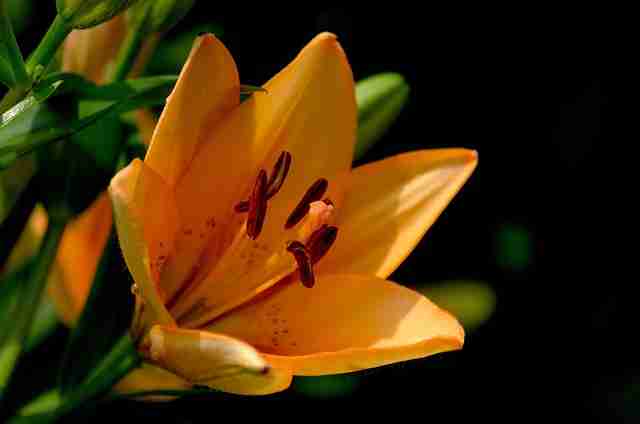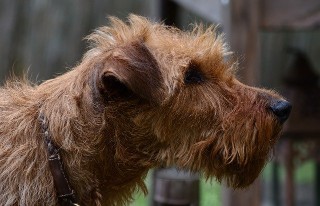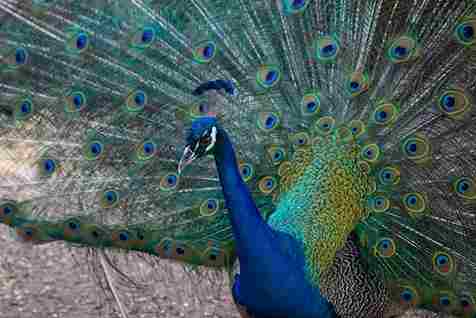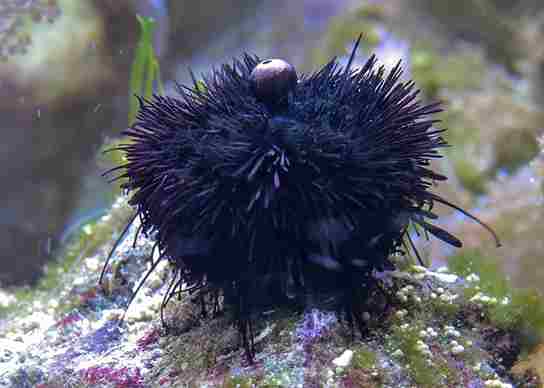Do Rabbits Eat Hydrangeas (+ 5 Ways To Stop Them)
When you have a garden in an area that gets visited by rodents, it’s difficult not to worry about the safety of your crops. Rabbits are quite notorious for wrecking gardens and can be seen chomping on tomatoes, chewing lettuce and flowers, and wrecking every other thing in their way.
While some plants can be harmful to rabbits, they can still be chewed on if there aren’t other options. If you own a hydrangea garden, it is completely normal to worry about them getting eaten by your furry friends.
In this article, I will show you different things you can do to safeguard your garden and protect your flowers from possible invasion.

Are hydrangeas rabbit resistant?
Hydrangeas are generally not rabbit resistant. Rabbits can eat most hydrangeas, although this might not be the case with every rabbit.
In general, if you have a garden where you have hydrangea plants, then you have every reason to be concerned.
There are a few things you can do to ensure your plants are safe against rabbits. Things like fencing, using repellants, cultivating companion crops, and so on. We will look at each of these later.
Are hydrangeas poisonous to rabbits?
Although not all hydrangeas are eaten by rabbits, some hydrangeas can be toxic.
Hydrangeas contain cyanogenic glycosides and amygdalin, a compound that releases hydrogen cyanide when ingested. This makes hydrangeas harmful to rabbits, especially when consumed in large quantities. These include the buds, leaves, and even flowers.
The risk of a rabbit dying from hydrangea poisoning is quite low, but ingesting too much of the plant can lead to serious health problems.
Besides hydrangeas, other plants that could potentially cause harm to rabbits include begonias, mint, and basil.
Do rabbits like to eat hydrangeas?
Yes, rabbits like eating hydrangeas and can damage the whole plant. However, they mostly eat it when there aren’t other food options.
In general, rabbits consider hydrangeas a tasty treat for two main reasons:
- The tender leaves soft texture and high moisture content makes them palatable for rabbits.
- Some rabbits that were exposed to hydrangeas early may get used to the taste and prefer to eat it even when they have other options.
Do wild rabbits eat hydrangeas?
Wild rabbits have feeding habits similar to that of domestic ones and eat a wide variety of plants, including lettuce, tomatoes, and on some occasions, hydrangeas.
However, hydrangeas are not one of their best foods.
In general, wild rabbits prefer to eat plants that are tender and succulent. They would normally eat other plants, but when there’s scarcity, they can settle for hydrangeas if it’s available.
What parts of the hydrangeas do rabbits eat?
Rabbits eat the leaves of hydrangeas and the lower part of the bushes, especially if they are soft and supple. They can also gnaw on the stems during the winter season. However, they do not eat the roots because it’s more difficult to chew.
Whether it’s the bark, leaves, or buds they eat, their activity can sometimes damage the entire plant. So, it’s important not to allow them have access to your garden.
Do rabbits eat Hydrangea paniculata?
Rabbits, generally, don’t go for hydrangea paniculata, also known as panicle hydrangea. They will, however, eat the plant if it’s the only thing that is available.
Young panicle hydrangea bushes have tender and succulent foliage, which are often attractive to rodents. The unavailability of other food sources can also make them eat the shrub.
Planting crops like lettuce, tomatoes, and other vegetables around your panicle hydrangea is an effective way to deter rabbits.
What other animals eat hydrangeas?
Deers, chipmunks, squirrels, slugs, and snails are all common eaters of hydrangea plants.
Hydrangeas often grow out in the wild. Their dense, green foliage makes them attractive to herbivorous life. So, besides rabbits, they can be devored by other animals.
Some other animals that may eat hydrangeas include:
- Deer
- Chipmunks
- Squirrels
- Slugs
- Snails
- Beetles
- Aphids
- Caterpillars, etc
These animals typically eat the stems and leaves of hydrangeas.
How to protect hydrangeas from Rabbits
To protect hydrangeas from rabbits, you need to create barriers not only around the plant but also prevent the rabbits from burrowing under the plants. Because this can give them access to the plant despite having any protective device in place. Here are the most effective ways to keep them away:
Wire Protectors
You can use different versions of wire protectors that go around the bush and also dig into the ground. These wire protectors prevent the rabbits from having access to the plants and also dig into the ground so the rabbits don’t get to burrow through. One of the best wire protectors we’ve come across so far that works really well is the one by Alphatool and Zubebe.
Fencing
Fencing hydrangea gardens is a large-scale approach to the wire protector method. The fence goes around the whole garden and prevents the rabbits from gaining access. To make the fence more effective, consider adding wires (electric or non-electric) to further improve security.
This method can be quite costly.
Animal Repellers
These are gadgets that produce sounds and light effects when they detect rabbits’ movements. The sound or light helps to scare the rabbits away before they gain access to the plant. One of the best electronic rabbit repellents you will find is the LATUD Ultrasonic Solar Animal Repellent. It can be used to deter any rodent as well as larger animals such as deer, raccoons, and skunks. It is completely waterproof and can detect rabbits from 25 yards away.
Sprinklers
Rabbits hate getting wet. Installing a motion-activated sprinkler near your hydrangeas plant is a very efficient way of keeping them away. The sprinklers fire a powerful jet stream of water whenever a rabbit passes by, thus spraying and deterring them. If you’re looking for ideas, consider the Orbit Gear Drive Sprinkler. It doesn’t require any special setup and offers six spray patterns for outdoor use.
Natural deterrents
Planting certain herbs and shrubs like sage, lavender, and rosemary next to hydrangeas can keep rabbits away. Another thing you could do is to remove any potential hiding spots, fill up burrows, and block all holes.
Also, endeavor to trim the plant regularly. Rabbits are usually attracted to dense foliage. Pruning the hydrangea bushes will reduce the amount of leaves and dense foliage.
Conclusion: Do rabbits eat hydrangeas?
In general, no method is 100% foolproof, as rabbits are clever creatures that can eventually find their way to your flowers. So, it’s always a good idea to apply multiple methods to provide the best form of protection for your hydrangeas plant.
Also, monitoring the flowers occasionally will ensure you detect them early when there’s a possible invasion.
Similar articles:





